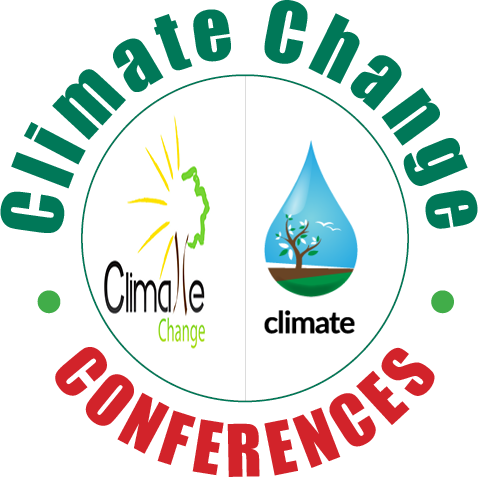Jianhua YAO
Chinese Academy of Sciences, China
Title: Prediction of compounds’ toxicities and its applications
Biography
Biography: Jianhua YAO
Abstract
A compound is a chemical entity consisting of two or more different atoms combined by chemical bonds. Their properties are basically physical, chemical, biological, toxicological, etc., and depend on their chemical structure. Toxicity is one of the properties of compounds, and is related to their chemical structures. Toxicology involves the study of the adverse effects of chemical substances on living organisms and is a discipline related to biology, chemistry, pharmacology, medicine, and nursing. Its research content includes: symptoms, mechanism, treatment and determination of poisoning. Generally, in toxicology, there are six types of toxicity: acute, mutagenic, irritative, carcinogenic, reproductive, and multiple doses. To obtain the toxicity evaluation of compounds, traditionally, people evaluated their toxicities by microbiological, animal experiments, or got them from human events reports. With the increment of experimental data, development of computer science and chemoinformatics technology, computer aided prediction toxicity of compounds become another effective way to obtain information about toxicity of compounds step by step. At present, it is being applied in related fields, such as chemical toxicity assessment concerning environmental protection, food industry, study of TCM (traditional Chinese medicine), agricultural production and pharmaceutical industry, and plays a key role. Actually, in computer aided prediction toxicity of compounds, combination of data mining, analysis of relationship between reliable experimental data and chemical structures was used to obtain the knowledge/rules which would be employed to predict toxicity of a compound based on its chemical structure. Herein, two works of our group will be presented: strategies and methods of computer-aided prediction of toxicity and; evaluation of toxicity for a pesticide and its metabolites, formulating plans of environmental protection.

